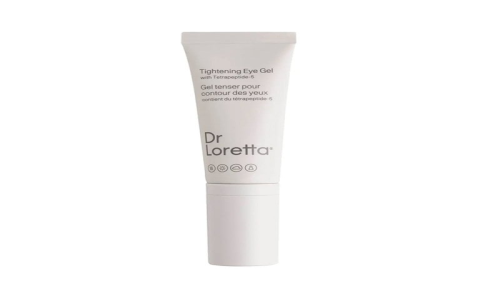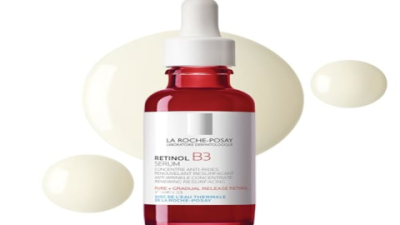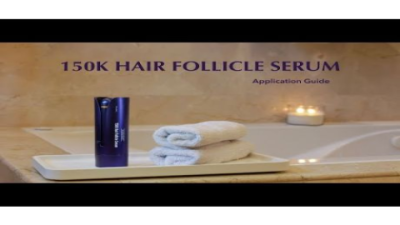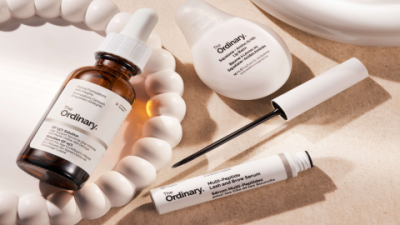Standing in front of my bathroom mirror at AM, clutching both an eye serum and eye cream, I realized I had no clue which one should go on first. Sound familiar? This little skincare puzzle has stumped plenty of us, and honestly, getting it wrong can waste the money you spent on those pricey products.
After years of trial and error (and yes, some breakouts along the way), I've finally cracked the code. The answer isn't as complicated as beauty brands make it seem, but there's definitely a right way to do it.
The Simple Answer: Serum First, Eye Cream Second
Here's the deal - your serum should always go on before your eye cream. This follows the basic skincare rule that most dermatologists swear by: apply products from thinnest to thickest consistency. It's not just some arbitrary rule either; there's actual science behind why this works better.
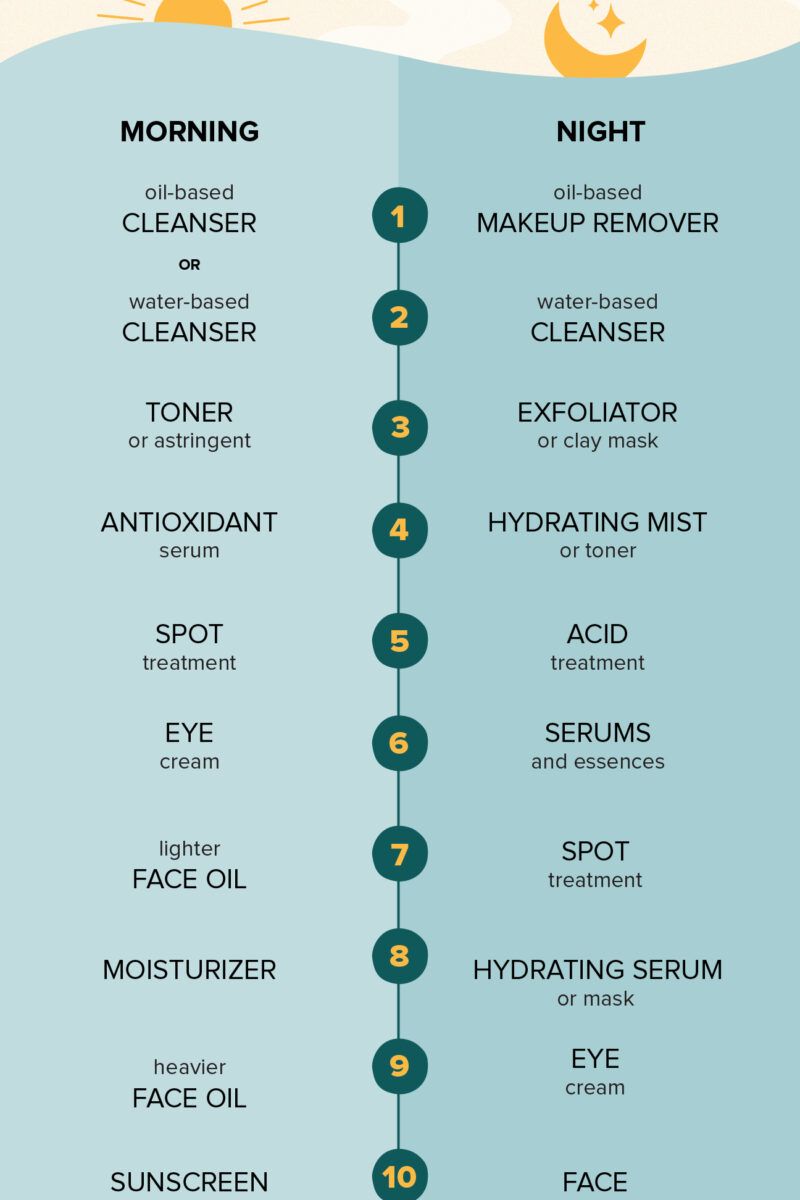
Why This Order Actually Matters
Think of your skin like a sponge. When you apply a thick eye cream first, you're essentially creating a barrier that blocks your serum from getting where it needs to go. Serums are packed with smaller molecules that can dive deep into your skin, while eye creams contain larger molecules designed to sit on top and protect.
I learned this the hard way when I was slathering on expensive vitamin C serum over my eye cream for months, wondering why I wasn't seeing any results. Turns out, I was basically throwing money down the drain.
How to Layer Your Eye Products the Right Way
Your morning routine should look something like this: cleanser, toner, eye serum, face serum, eye cream, moisturizer, and sunscreen. At night, you can switch up the serums depending on what your skin needs, but the basic order stays the same.
The key is giving each product about seconds to a minute to sink in before applying the next one. I used to rush through my routine and wonder why everything would pill up and roll off my face. Patience really does pay off here.
Common Mistakes That Mess Everything Up
One mistake I see people make all the time is using way too much product. A tiny amount goes a long way around your eyes - we're talking about a grain of rice for serum and maybe a small pearl size for eye cream. The skin around your eyes is incredibly thin, about 40% thinner than the rest of your face, so it doesn't need much.
Another thing to watch out for is being too rough with application. I used to rub and tug at my eye area until a facialist told me I was basically giving myself premature wrinkles. Now I use my ring finger (it applies the gentlest pressure) and pat rather than rub.
What About Different Types of Serums and Creams?
If you're using retinol products, definitely save those for nighttime and start slowly. I made the rookie mistake of jumping into nightly retinol use and ended up with peeling, irritated skin for weeks. Start with twice a week and build up gradually.
Vitamin C serums work great in the morning because they provide antioxidant protection throughout the day. Just make sure you're using one that's specifically formulated for the delicate eye area - regular face serums can sometimes be too strong.
Hyaluronic acid is pretty foolproof and works well morning or night. Pro tip: apply it to slightly damp skin to lock in extra moisture, then seal it all in with your eye cream.
Timing and Temperature Tricks
Here's something I discovered by accident - keeping your eye serum in the fridge makes it even more effective at reducing puffiness. The cool temperature helps constrict blood vessels, which is especially helpful for those mornings when you wake up looking like you went ten rounds with Mike Tyson.
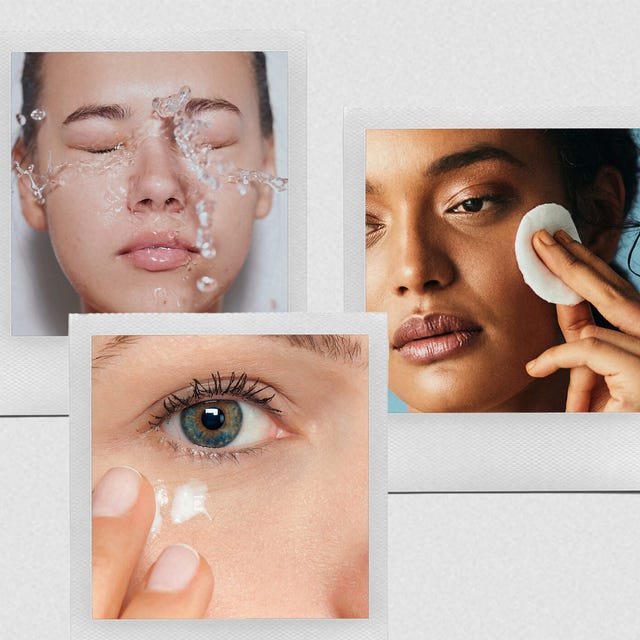
When you're applying products, start from the inner corner of your eye and work outward. This follows your natural lymphatic drainage patterns and can help reduce that morning puffiness we all deal with.
Setting Realistic Expectations
Let's be real - most eye products take at least 4- weeks to show noticeable results. I know it's tempting to switch products every two weeks when you don't see immediate changes, but consistency is what actually works. Stick with a routine long enough to see results before deciding it's not working.
Frequently Asked Questions
Can I use my face serum around my eyes?
While many face serums are technically safe for the eye area, products specifically designed for eyes are usually gentler and pH-balanced for that delicate skin. When in doubt, patch test first.
What if my eye cream is actually thinner than my serum?
This doesn't happen often, but if it does, stick with the serum-first rule anyway. The molecular structure matters more than just texture.
Should I put products on my actual eyelids?
Focus on the under-eye area and outer corners where you typically see the first signs of aging. Avoid getting too close to your lash line to prevent irritation.
How long should I wait before putting on makeup?
Give your products at least 5- minutes to fully absorb before applying concealer or foundation. This prevents that annoying pilling effect and helps your makeup go on smoothly.
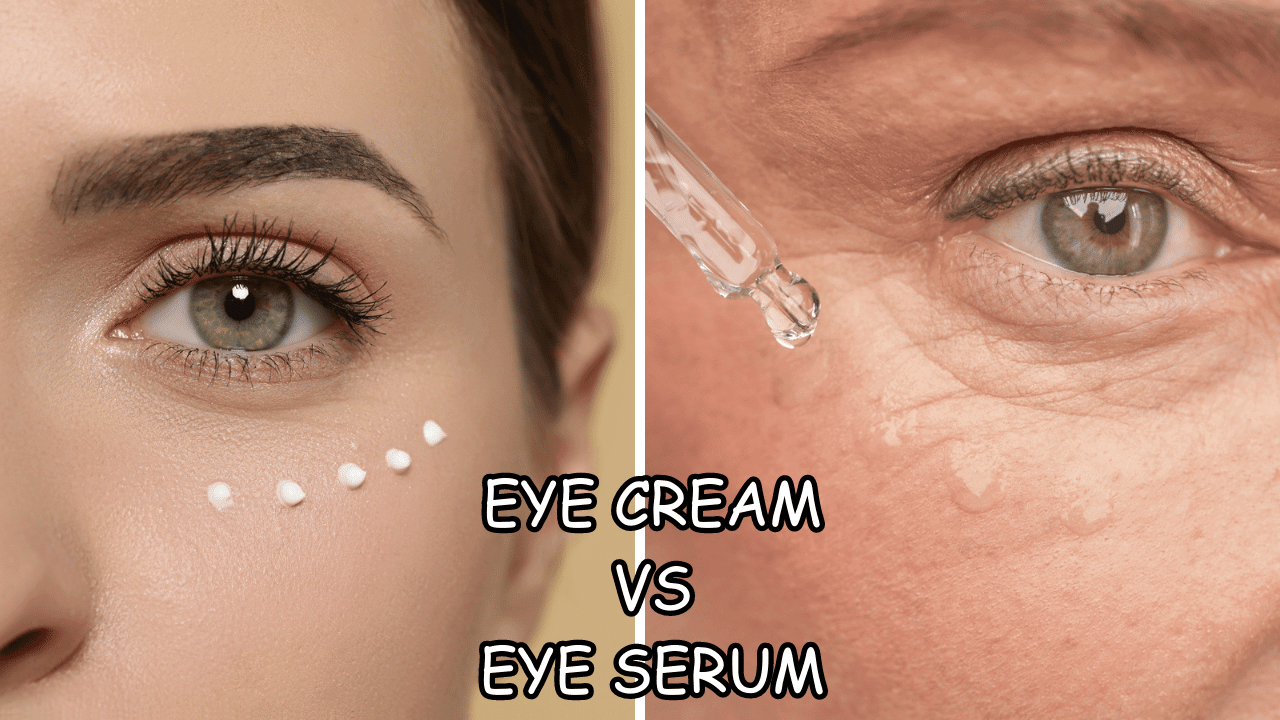
When should I start using eye products?
Prevention is always better than correction. You can start with basic hydrating products in your mid-20s and add anti-aging actives in your late 20s or early 30s, depending on your skin's needs.
The Bottom Line
Getting your skincare routine right doesn't have to be rocket science, but small details like application order can make a real difference in your results. The serum-then-cream approach has worked consistently for me and countless others who've struggled with the same question.
Remember, the most expensive products in the world won't help if you're not using them correctly. Start with this basic order, be consistent, and give your routine time to work. Your eye area will thank you for it, and you'll finally get the results you've been hoping for from those products sitting on your bathroom counter.
